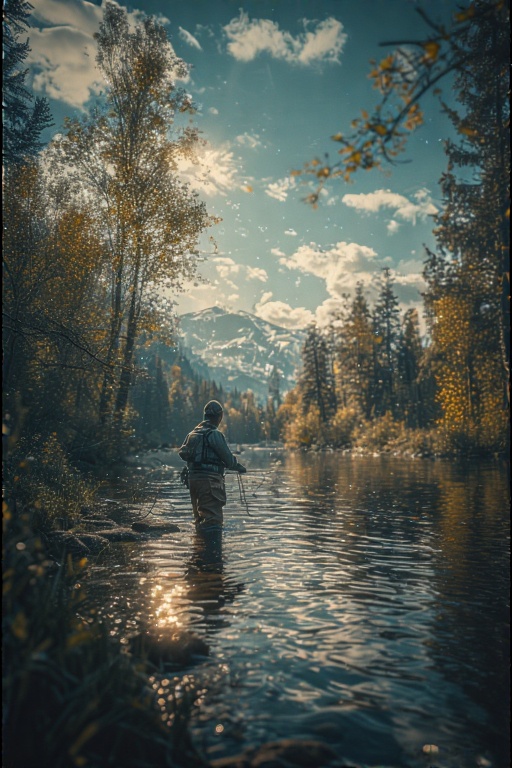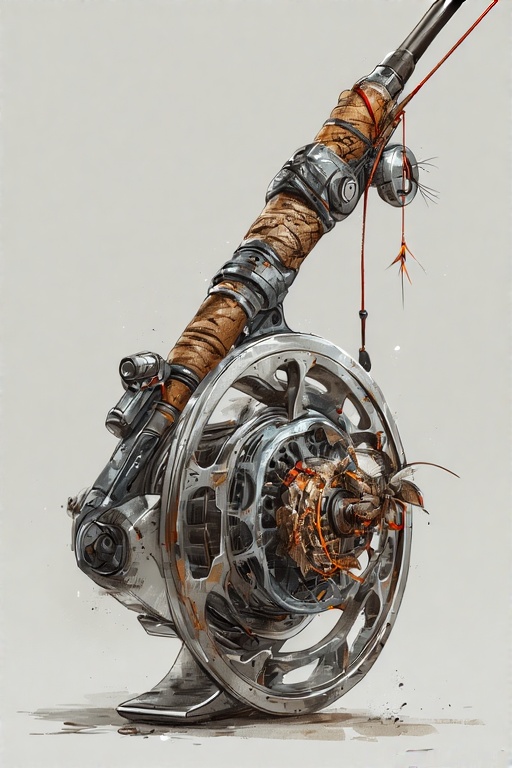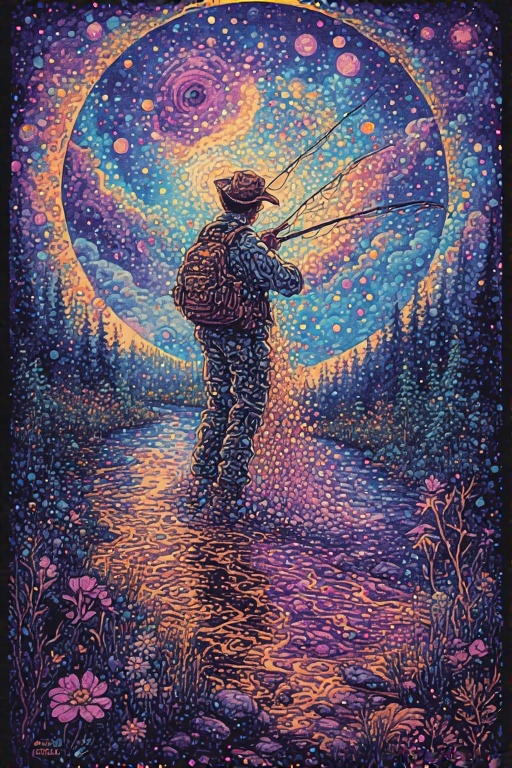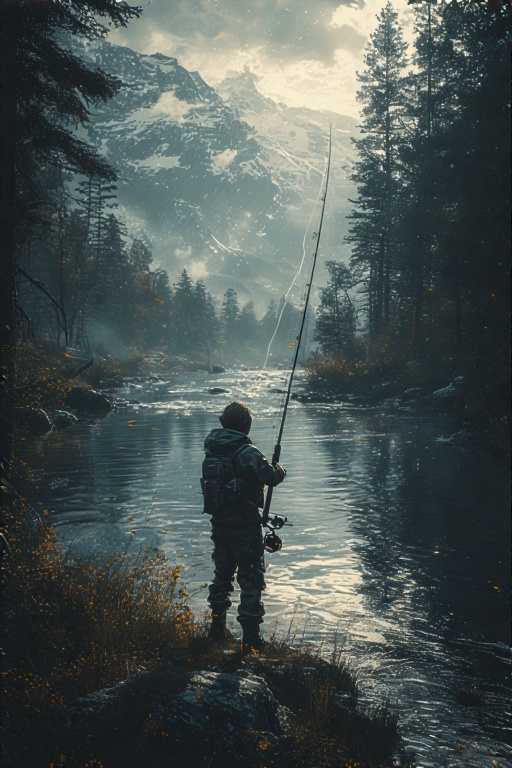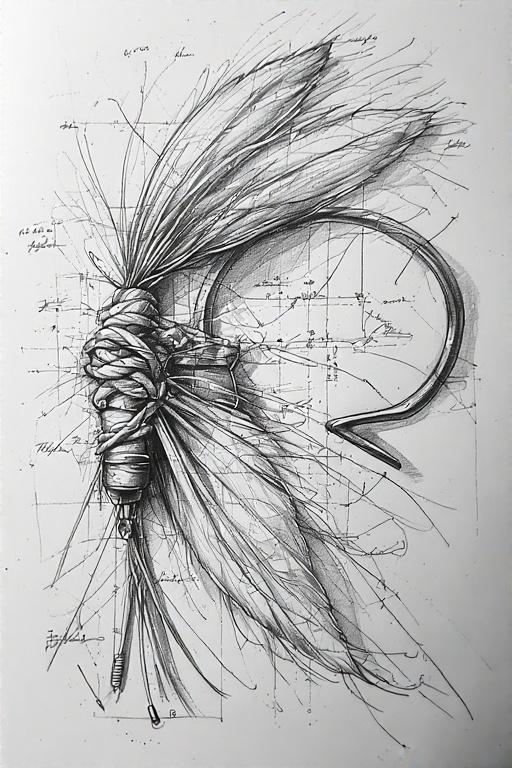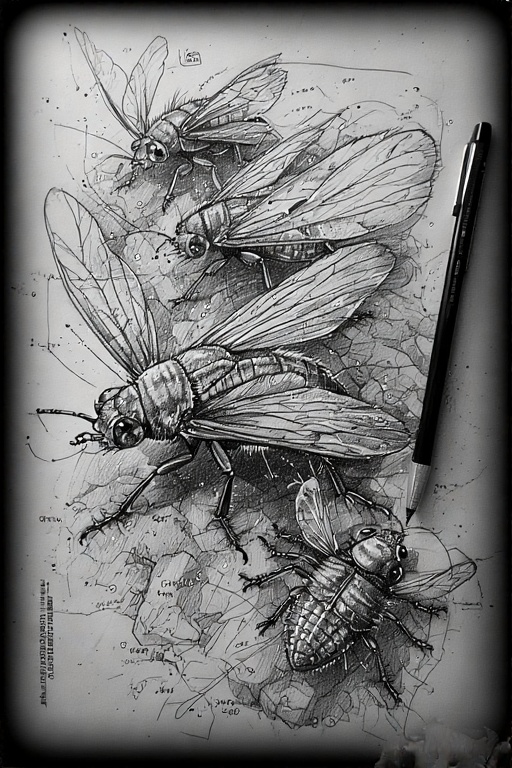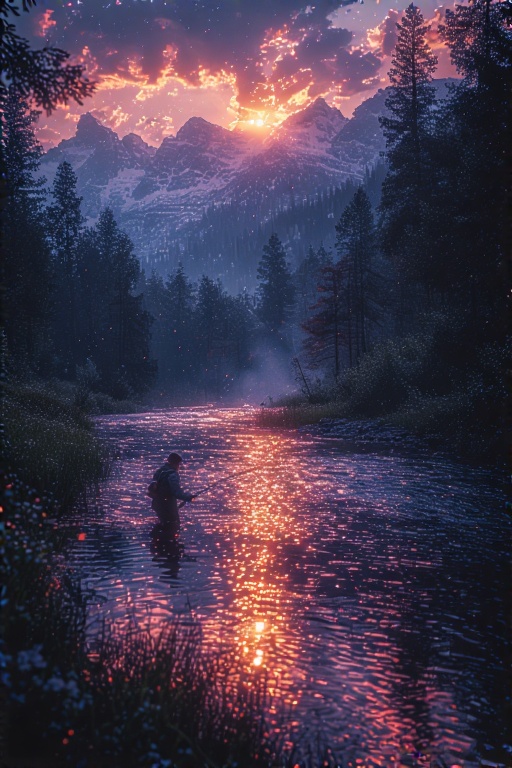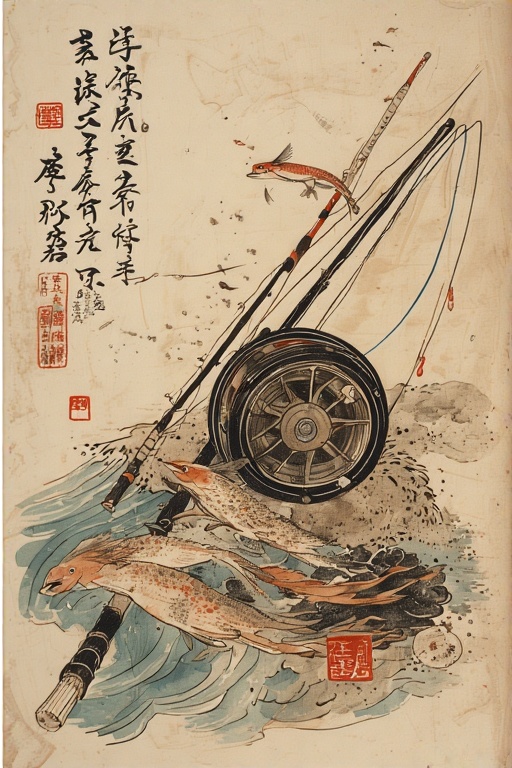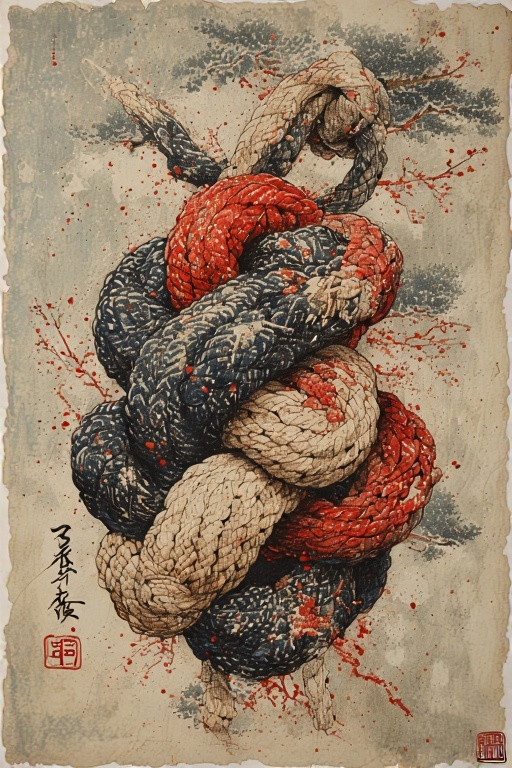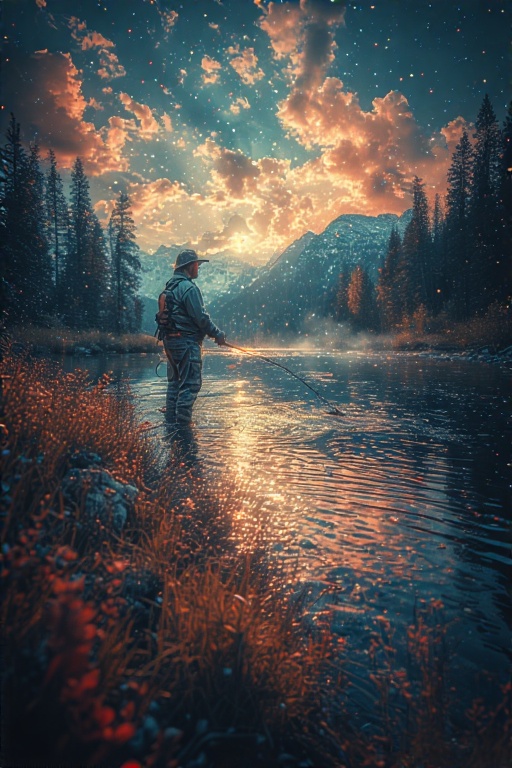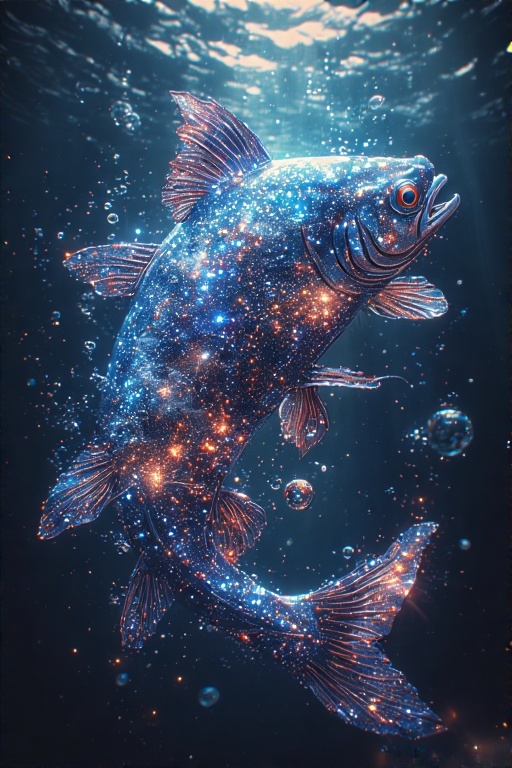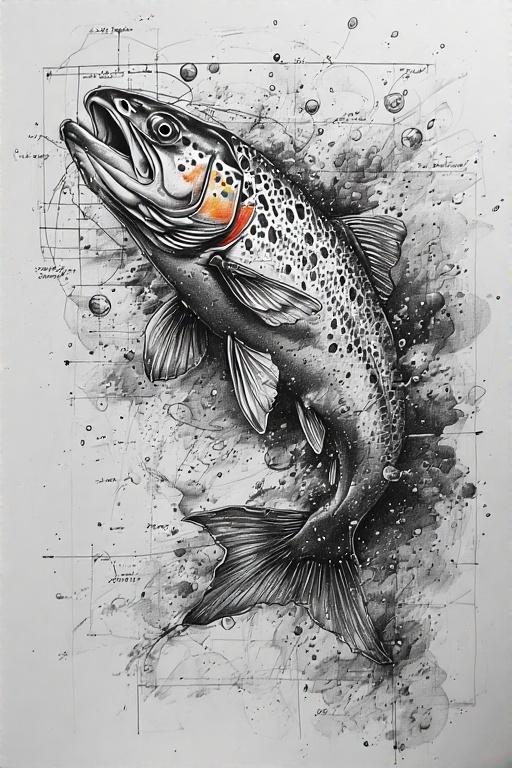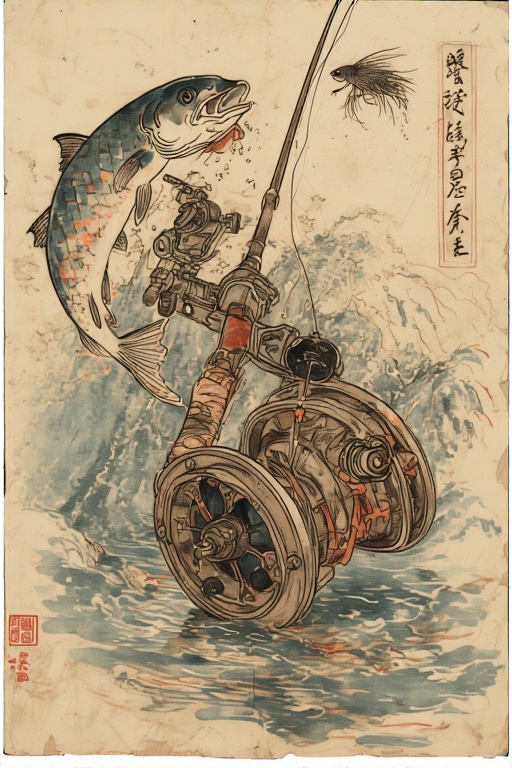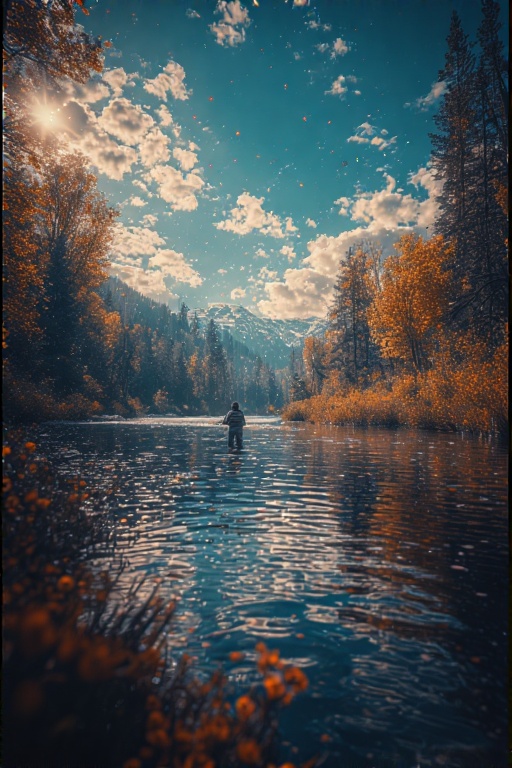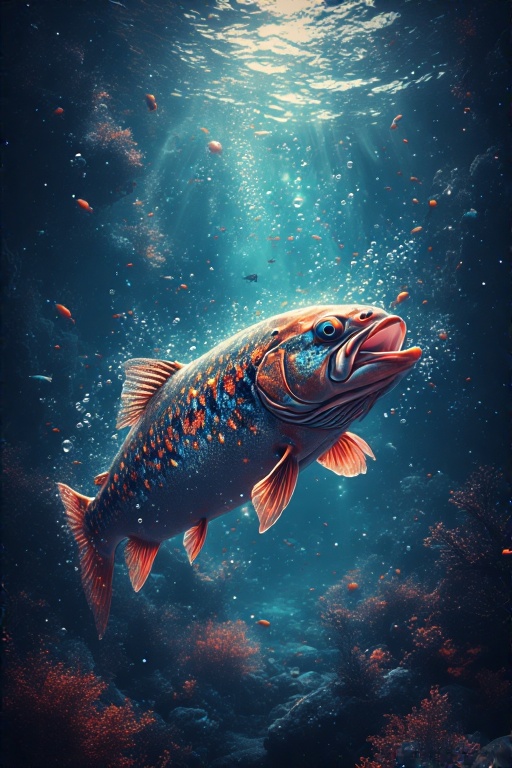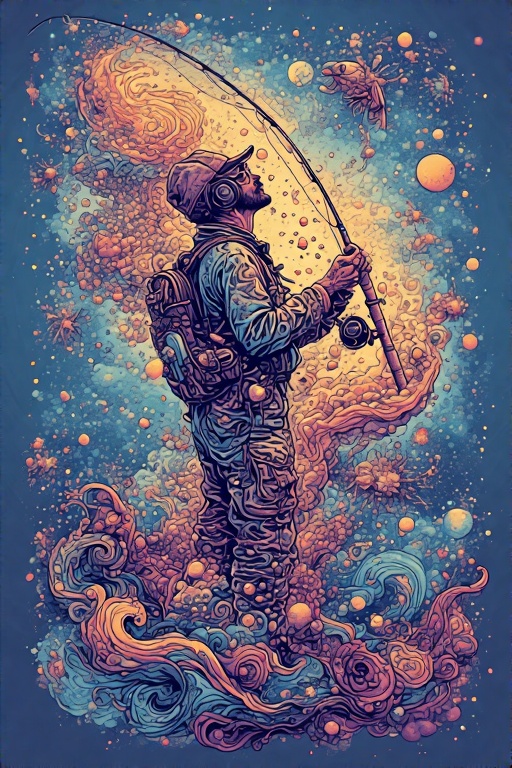Reading the water
Then you want to learn about where to target your fish
Riffles, seams, pools, etc., and the environment. Understand what structures fish like and how the fish prefer to move, and what environments allow them the least resistance to the water. Do you see bugs on the water? Use dry flies. No bugs? Deep water? Use streamers. 2ft of water or less? Use nymphs.
Fish metabolism
What is the temperature of the water? For example, a lake will be warm on top, cold on the bottom, and ideal for fish in the middle. The temperature will affect the fishes metabolism and how active they are. Temperatures also affect bugs. You will need to be more patient during the winter.
[Metabolism chart]
Habitat
- Riffle: This is where water is moving over rocks fast. Lots of oxygen. A great go to spot.
- Run: This is where a river narrows. Water has to be deeper here. Big fish will likely be at the bottom.
- Seam: Where slow moving water meets faster current.
- Pool: A still portion of water that will have dead bugs and leaves floating. Fish will be looking for bugs here.
Other significant environmental factors include:
Tip: Crayfish are more sensitive to environmental pollution than regular fish. So, as a general rule of thumb, you could limit your fishing to areas that support crayfish if you're worried about pollutants.
No one is going to tell you that despite knowing all the features of the water, if you go to a spot that is heavily pressured with campers, dogs, swimmers, and fishermen, your chances of catching a fish drop down to 20%. Any water with an easily accessible parking spot will be pressured. So, if you only have a car, you'll want to first find this easy parking location, then walk upstream 300-500 yards to a spot that is accessible by foot, but not by vehicle, and fish there.
Lessons, outfitters & casting
Fly fishing involves learning quite a lot of information. Consider taking some classes to help learn.
To help get started, I took a 5 hour fly fishing class from Eagle, Idaho, local, Bill Bishop who lives on the Boise river. It was a great introduction and covered quite a lot of material. He told me that he was friends with Tom Morgan, the former owner of Winston Fly Rods, and that he personally took care of Tom in his old age at one point.
Bill's 5 hour class was a great overview of gear, setup, entomology, water-way reading, casting, and real river experience. I also signed up for just a pure one hour casting lesson at the local outfitter shop.
Outfitters
An outfitter is a person or business licensed to provide equipment, guides, and services for outdoor recreational activities — especially in hunting, fishing, rafting, horseback riding, or wilderness trips.
Chances are, there are probably, quite a number of experts in your local area who can help you get started with fly fishing. Call around your local outfitter shops or reach out to outfitter companies online and inquire about casting lessons. Get some prices before you sign up with anyone. And have a real, in person, conversation with the people in the shop to get a sense for how friendly they are. Be careful, because some outfitters will prefer to up-sell you on entire fishing days, or half-days, at prices upwards of $500!
Casting
You'll want to learn and practice your casting. How much time do you want to spend messing around? Many people spend years trying to figure out their casting technique.
You should be able to learn the basics of casting at your local park with an outfitter, or mentor, for a reasonable hourly rate between $45 - $85.
Casting essentials:
- Keep slack line at an absolute minimum.
- Cast your rod so that the tip travels in a straight line.
- Length of pause depends upon the amount of line you're casting.
- Apply the right amount of power at the right time.
- The length of your casting stroke increases with the amount of line being cast.
- Keep rod from 10 to 2 on forward and back cast.
- Going too far forward (past 10) will create a ball of leader/tippet/line when it hits the water.
- Going forward too fast (even if you stop at 10) will also create a ball of leader/tippet/line. As a beginner, it can be difficult if you don't know this since the result appears the same as the previous error.
- Practice, practice, practice.
Missing persons maps
Then there are all of the Missing 411 cases and hot-spots where people go missing in the outdoors. You can buy a map for your state at missing411.com. Personally, paying $25 to have a map of this data for my sate is definitely worth it. It is my estimate, from my own proprietary data and analysis, that only about 20% of the missing person cases in these hot-spots are due to accidents or natural causes like a sprained ankle or the environment (hypothermia, etc.). The other 80% are much more nefarious. It pays to avoid those cluster locations.
David Paulides, creator of the Missing 411 project, says that people with a firearm or Personal Locator Beacon (PLB) do go missing, but he has never come across a case where someone went missing who had both items.
Paulides reminds us that the US Government and the national parks maintain a detailed list of every professional film taken in our national parks. But they have actively refused to keep even a basic list of people who have disappeared. That alone should make you take this topic seriously when you are outdoors.
Cleaning
Then you'll want to learn about how to clean and cook the fish you catch.
Rod building tips & resources
- Think of your first rod build as an experiment. Give yourself permission to make mistakes. Have patience. Learning to wrap threads is the most difficult part and takes some practice.
- Use specific tip top glue (such as "G Pucci rod glue") for your tip top. Don't use superglue, epoxy, or locktite despite what people at the local fly shop, or on YouTube, say. You risk damaging your rod tip with those glues as your tip top won't be replaceable. Also, don't use regular craft hot-gun glue, which has a low melting point.
- It will be easier to align your tip top after wrapping the other guides on the first section of your rod.
- Start with a fiberglass rod; it will be easier.
- Use thread that doesn't need color preserver to start; this eliminates an extra step in the process.
- Get an organizer box to store all your thread, tools, brushes, glue, guides, tape, and mixing sticks.
- Rod building supplies
- Rod building how-to video series (graphite, fiberglass, and bamboo)
